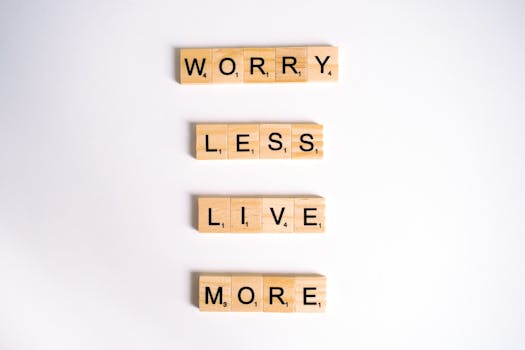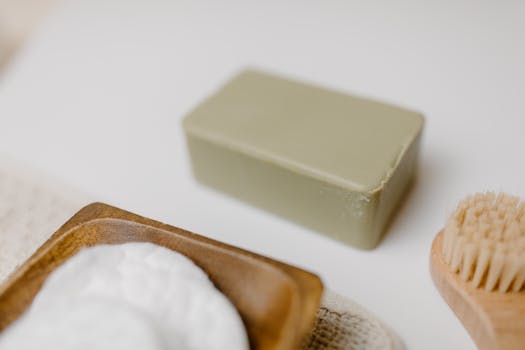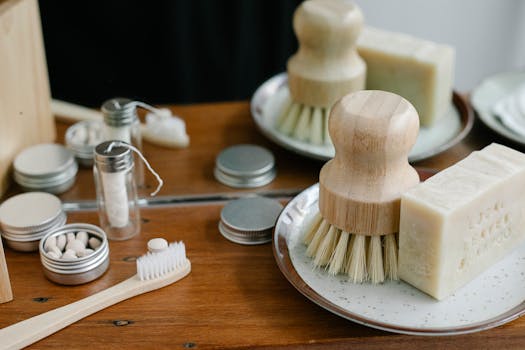
“
Minimalist Living: A Journey to Simplification and Fulfillment
Minimalist living is a lifestyle that has gained popularity in recent years, and for good reason. By embracing minimalism, individuals can simplify their lives, reduce stress, and cultivate a more mindful approach to consumption and waste. In this article, we will explore the benefits of minimalist living and provide tips and strategies for embracing this lifestyle.
What is Minimalist Living?

Minimalist living is a lifestyle that involves living with only the essentials. It means getting rid of clutter, reducing consumption, and focusing on what is truly important. Minimalism is not just about getting rid of stuff; it’s about creating a more intentional and fulfilling life. By living with fewer possessions, individuals can reduce stress, save money, and cultivate a greater sense of clarity and purpose.
Benefits of Minimalist Living

There are numerous benefits to embracing minimalist living. Some of the most significant advantages include:
- Reduced Stress: Clutter and disorganization can be a significant source of stress. By getting rid of clutter and creating a more streamlined living space, individuals can reduce their stress levels and feel more calm and centered.
- Financial Savings: Consuming less and reducing waste can lead to significant financial savings. By avoiding impulse purchases and buying only what is necessary, individuals can save money and allocate it to more meaningful pursuits.
- Increased Productivity: A clutter-free and organized living space can help individuals stay focused and productive. By eliminating distractions and creating a more intentional environment, individuals can achieve their goals and pursue their passions with greater ease.
- Improved Mental Clarity: Minimalist living can help individuals develop a greater sense of mental clarity and purpose. By letting go of clutter and distractions, individuals can focus on what is truly important and cultivate a more mindful approach to life.
Getting Started with Minimalist Living

Embracing minimalist living can seem daunting, but it doesn’t have to be. Here are some tips and strategies for getting started:
- Start Small: Begin by decluttering a single area or room in your home. Sort items into categories (e.g., keep, donate, sell, throw away) and focus on letting go of items that are no longer needed or useful.
- Set Intentions: Define your goals and intentions for embracing minimalist living. What do you hope to achieve? What values do you want to prioritize?
- Practice Mindfulness: Cultivate a greater sense of mindfulness by paying attention to your thoughts, feelings, and actions. Notice when you are feeling stressed or overwhelmed, and take steps to simplify and streamline your environment.
- Seek Support: Connect with others who are embracing minimalist living. Join online communities, attend workshops or conferences, and seek out like-minded individuals who can offer support and guidance.
Sustainable Living and Minimalism

Minimalist living is closely tied to sustainable living. By reducing consumption and waste, individuals can significantly reduce their environmental impact. Here are some tips for embracing sustainable living:
- Reduce Single-Use Plastics: Avoid using single-use plastics, such as straws, bags, and water bottles. Instead, opt for reusable alternatives, such as cloth bags, stainless steel water bottles, and metal straws.
- Buy Secondhand: Consider buying secondhand items, such as clothing, furniture, and household goods. This can help reduce waste and support sustainable consumption.
- Use Public Transportation: Using public transportation, walking, or biking can significantly reduce carbon emissions and promote sustainable living. For more insights on sustainability, check out Breakthroughs in Renewable Energy Technology.






